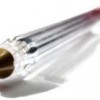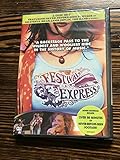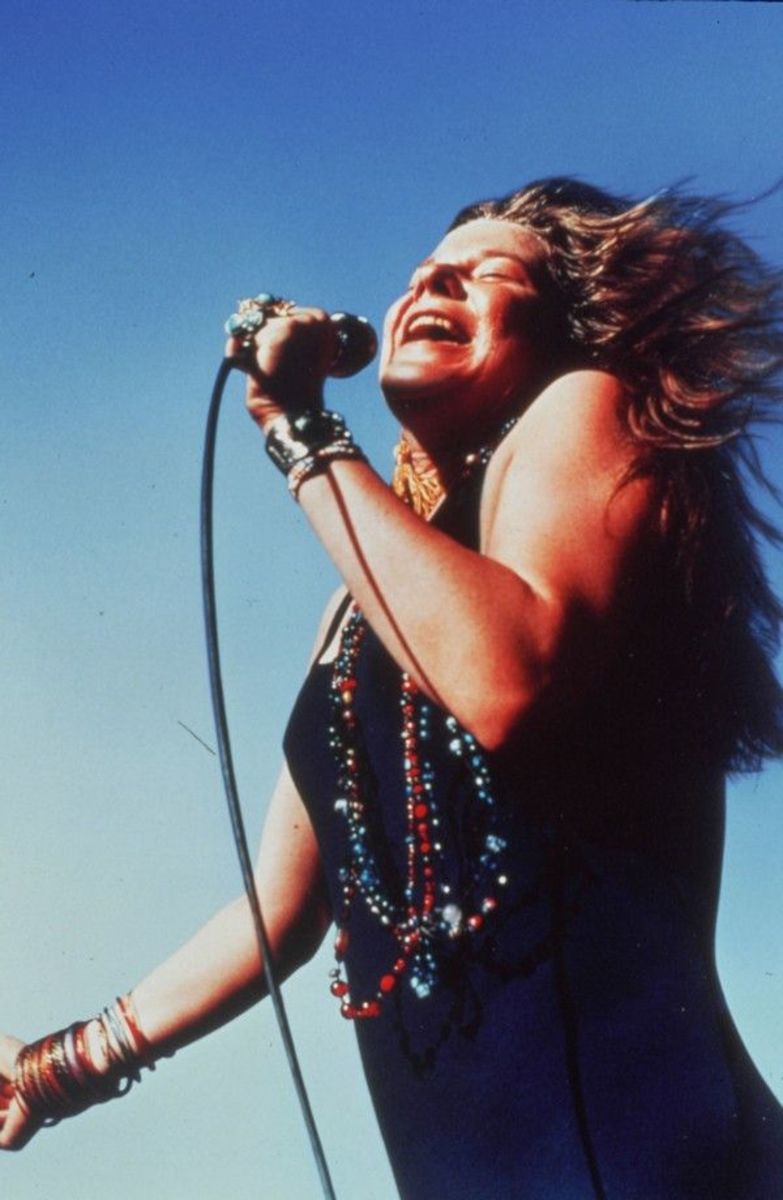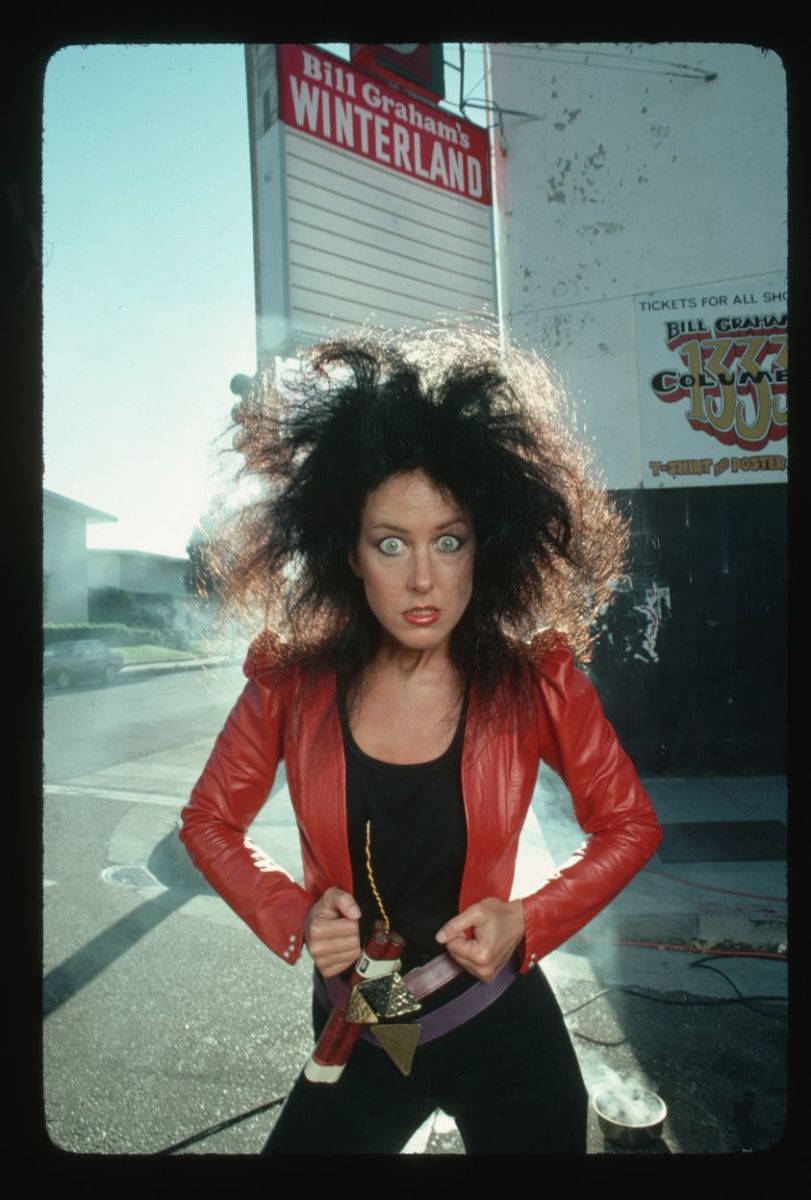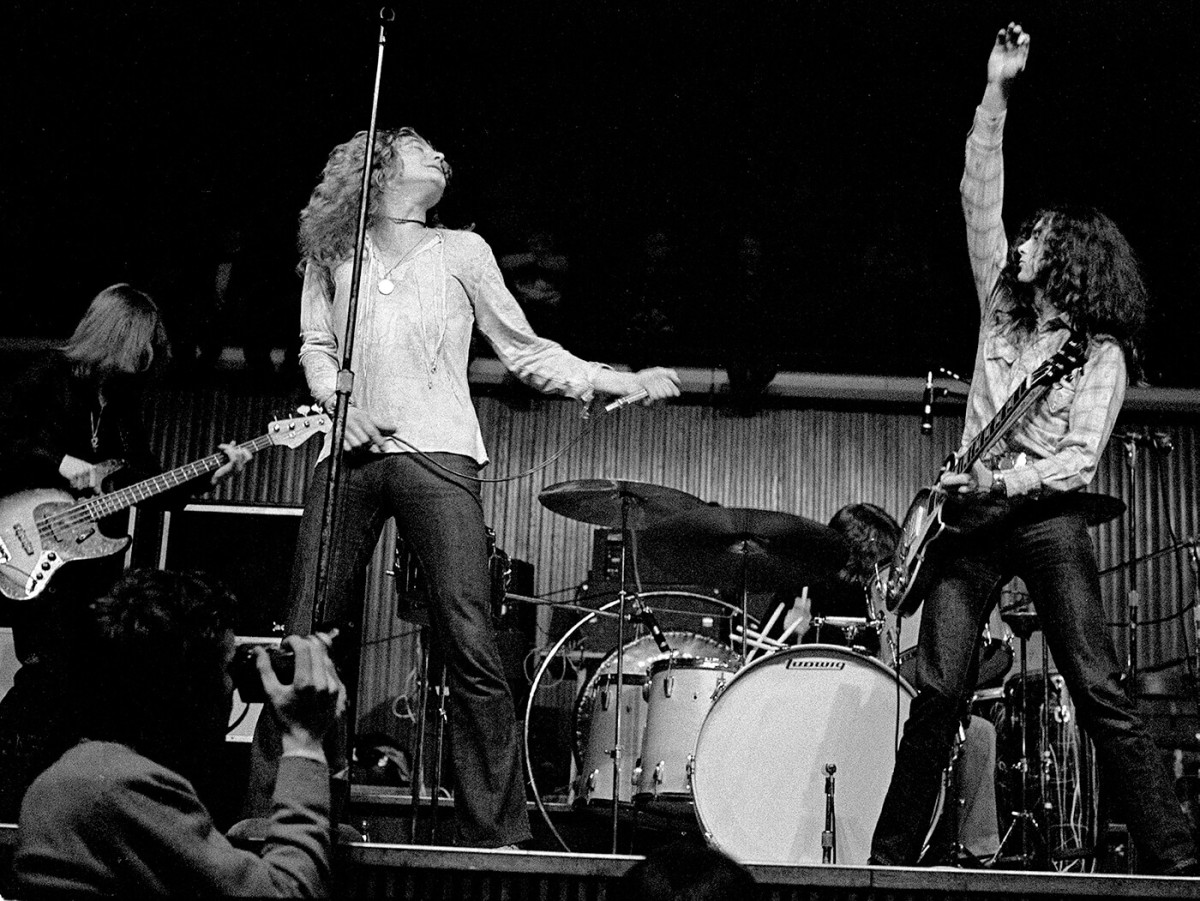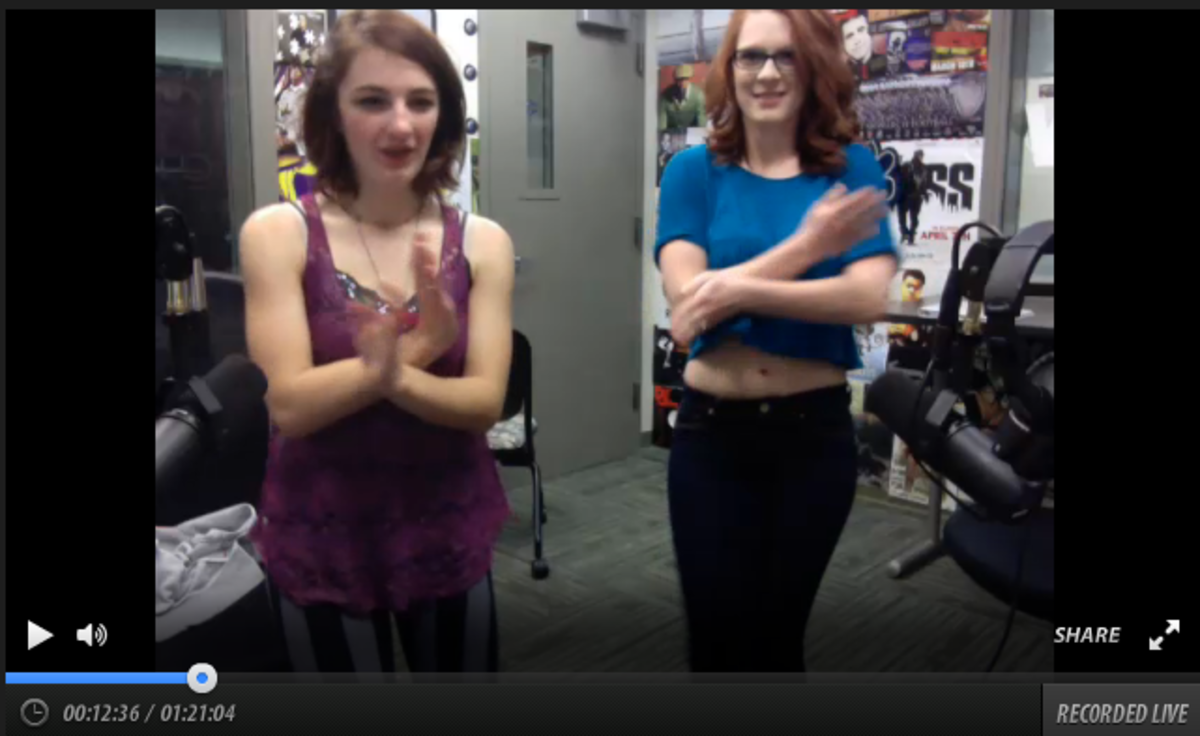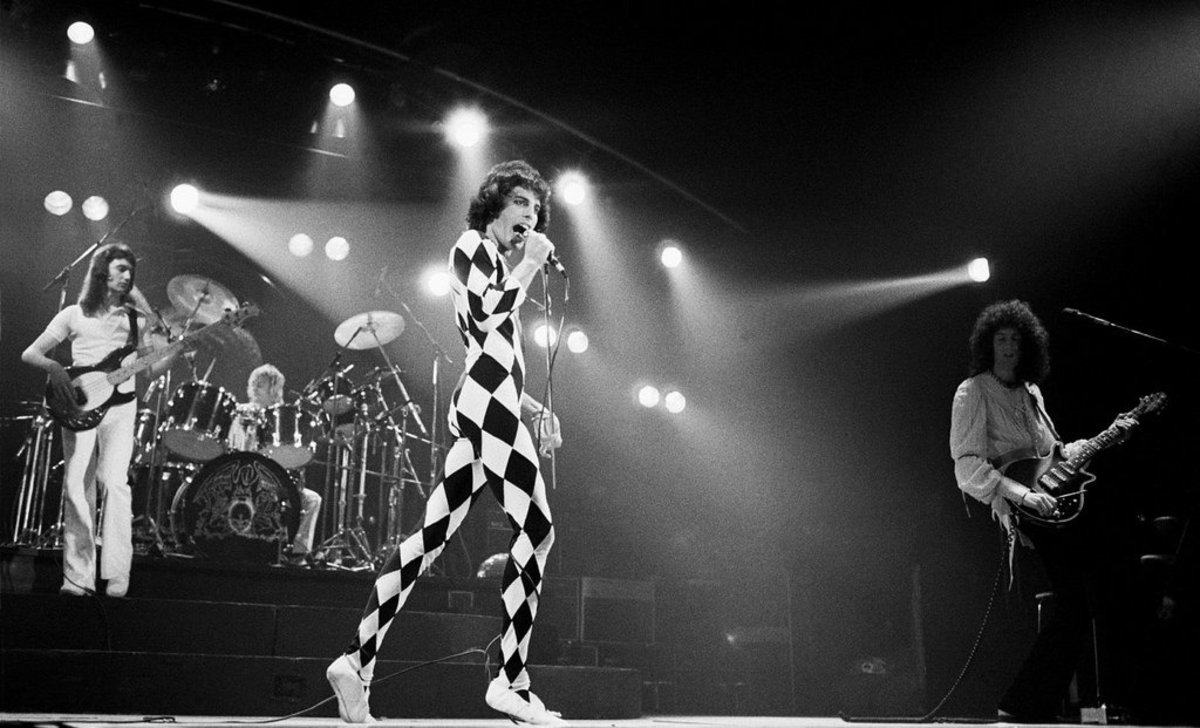My Greatest Decade: Rude Women Rising, Part II – Janis Joplin
[Note: Part I of this two-part hub explored the ‘Sixties career of Grace Slick of Jefferson Airplane. This is Part II.]
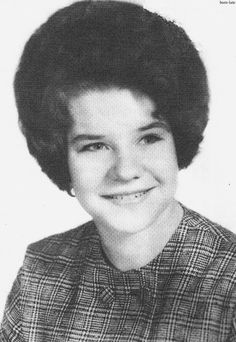
Misfit
Janis Joplin was born and raised in ultra-conservative Port Arthur, Texas. The above is a not random biographical detail. Except for her lifelong love of the blues, this single fact is by far the most significant in understanding her as a person and an artist. Like Dickens, like Charlie Chaplin, Joplin’s personality was defined by a problematical youth she could never entirely overcome.
In Port Arthur, Janis stuck out, way out, from the crowd. Even at her most demure, she never remotely fit Texas standards of feminine beauty of the time, and her liberal beliefs inspired such affectionate epithets as “nigger lover.” Later, when asked if she had “entertained” at her high school, she replied, half-jokingly, “Only when I walked down the aisles.”
Her outcast status resulted in a lasting but artistically fertile neurosis. Her friend Grace Slick of Jefferson Airplane was a youthful rebel too, but never had to face quite so hostile an environment. When Dylan sang, “And she aches just like a woman, but she breaks just like a little girl,” he might have been singing about the adult Janis, struggling under the weight of this early rejection.
Musical Apprenticeship
After high school, like many “rebels” of the time who secretly hungered for approval, she joined the Folk Revival, then on its last legs. She moved to Austin, which was, then as now, a left-wing oasis in a right-wing state, and sang acoustic blues in clubs with obscure bands. Below is a clip from one such performance from this period, complete with fake (subsequently overdubbed) applause.
I’ll Drown in My Own Tears (live with The Waller Creek Boys, Austin, TX, ca. 1963)
Janis (vinyl only; contains early performances)
She moved for the first time to San Francisco in 1963, performed and even recorded a bit (with future Jefferson Airplane guitarist Jorma Kaukonen), got badly hooked on speed and eventually returned to Texas in 1965.
But Austin by that time had its own interesting rock and roll scene. It’s often stressed, correctly, that Joplin was strongly influenced by her great black blues predecessors and contemporaries, Bessie Smith, Ma Rainey and Big Mama Thornton among them. But there were a few musicians much closer to home who were, I believe, just as crucial in her artistic development: the members of the great Texas psychedelic band, The 13th Floor Elevators. The lead singer of that group, Roky (pronounced “Rocky”) Erickson – particularly on the band’s biggest single, You’re Gonna Miss Me – wailed with a power unequaled by any white male singer of the day (with the possible exception of Gerry Roslie of the Pacific Northwest-based band, The Sonics). That unearthly scream, in turn, helped liberate the screamer in Janis.
Below is a clip by the Elevators performing the song on a local TV show.
The 13th Floor Elevators (with Roky Erickson) – You’re Gonna Miss Me, 1966
13th Floor Elevators (Remastered CD)
Big Brother Calls
Enter Chet Helms. A San Francisco music promoter who had lived for a time in Texas, where he had befriended Janis, Helms was now managing a promising new band he had christened Big Brother and the Holding Company. (The name was a pun, “holding” being doper’s slang for carrying drugs.) As the band needed a “girl singer,” Helms journeyed all the way back to Texas to retrieve Janis. Her fragile ego sharply boosted by this demand for her talents, she abandoned plans to finish her college education and returned to the city by the bay, where she joined Big Brother on June 4, 1966.
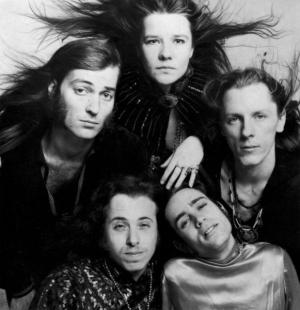
Big Brother and the Holding Company remains to this day a greatly and (in my opinion) unjustly maligned band. Nobody would ever mistake them for The Beatles or Cream, and they had a well-deserved reputation for sloppiness. But there are three reasons why the naysayers are unfair: a) their music was full of energy and fun; b) their arrangements were simple but interesting; and c) the huge noise they made allowed Janis to spread her wings as a singer for the first time. It’s often been said, justifiably, that Big Brother would have been nothing without Janis. But it’s equally true that, at this phase of her career, she would have been nowhere without the shelter of their ragged brotherhood.
Here’s a clip from their historic, star-making performance at one of the very first – and the greatest – of the big music festivals of the time, The Monterey Pop Festival of June 1967, which inaugurated the Summer of Love.
Big Brother and the Holding Company at the Monterey Pop Festival, June 1967 – Combination of the Two
The Complete Monterey Pop Festival (DVD)
As so often happened in ‘Sixties rock, Big Brother was a casualty of its own success. After Monterey, the band (having long ago abandoned Chet Helms) signed with a big-time manager, Albert Grossman (Bob Dylan’s manager), and endured a lot of destructive publicity to the effect that the other musicians weren’t worthy of Joplin’s huge talent. However, after an uneven debut album, they released their classic follow-up, Cheap Thrills – a “fake live” album actually recorded almost entirely in the studio – in mid-August 1968. That record would spend eight weeks at number one on the Billboard charts… but by then Janis had announced she was leaving the group, which she did at the end of the year.
Cheap Thrills - the classic Big Brother album
New Band and European Tour
In early 1969, Joplin put together a new group, the Kozmic Blues Band, which sounded far more like Memphis soul than California psychedelia. She toured Europe that year, and in the clip below, mislabeled as being from 1968, she demonstrates the characteristic desire of ‘Sixties performers to smash all barriers between performer and audience, to achieve “oneness” with it.
Janis and the Kosmik Blues Band, Live on German TV, 1969 – Piece of My Heart
And here is one of my favorites of all the songs in Joplin’s repertoire: her distinctive, very tender version of the George Gershwin classic, Summertime.
Summertime – Live 1969, Swedish TV, Stockholm
Janis' first solo album (with bonus tracks)
Woodstock
When Joplin arrived at the Woodstock Festival on August 16, 1969, she apparently intended to sing sober. But carried away by the excitement of the event, and forced to wait ten hours to perform, she wound up indulging heavily in heroin and alcohol, and was not at her best when she finally did go on. (She was, in fact, so dissatisfied that she insisted that her performance not be included in the Oscar-winning Woodstock film.) But as Pete Townshend of The Who (performing on the same night) observed, “even Janis on an off-night was incredible.”
It’s important to remember that not everybody was enthralled with her. In March 1970, the African-American critic Clayton Riley published a devastating piece in The New York Times (“If Aretha’s Around, Who Needs Janis”), in which he singled out Joplin as the poster child for all supposedly clueless white performers (“thieves” he called them) ripping off the music of black artists without understanding it. “Janis doesn’t sing,” wrote Riley, “she squawks… If the music here is supposed to be suggestive, if a kind of physical or emotional nakedness is explored, Joplin’s pitiful screeching exposes a child’s naked body standing in the silhouette of warm black womanly genius… [She], by contrast, is an inspiration for men to take themselves into their own hands.”
For all his withering scorn (which seems merely a more sophisticated version of the abuse Janis got at Port Arthur), Riley was onto something: there was a childlike, even infantile, aspect to Joplin’s art. Her cries and howls sometimes sound like a bizarre mix of kid’s temper tantrum and adult despair. As a white artist, she was privileged to express rage in a way, and to a degree, that most black artists at that time simply were not. And it is this rage – mixed incongruously with joy – which sets her apart from both her white and black peers.
The following Woodstock clip, particularly the performance of Big Mama Thornton’s Ball and Chain, illustrates this well.
Janis at Woodstock – Try to Ball and Chain
All Janis, all Woodstock
Last Days
Of Joplin’s death, it’s safe to say that it was not a deliberate suicide. The summer and early fall of 1970 may in fact have been the happiest period of her adult life. She had recently participated in the famous Festival Express train tour (check out the DVD) across Canada, an experience she had loved. She had become engaged to a notorious drug dealer named Seth – the last person in the world she should have married – and was inordinately excited about the upcoming wedding. More appropriately, she was thrilled about her new album, Pearl, the recording of which was going very smoothly. (An unacknowledged aspect of Janis’ character is that, for all her wildness, she could be very professional and dedicated when there was a job to get done.)
Festival Express Deluxe DVD
I’ve included below a clip of the demo version she recorded, during the Pearl sessions, of her hit cover of her friend Kris Kristofferson’s song Me and Bobby McGee, in which she returns to her folk roots. I must confess here that I can listen to Janis’ music only in modest doses. Like Hendrix (who died less than three weeks before she did), she’s much too consistently an “in your face” type of performer for my taste. But this soft, tender version of a great song is delightful.
Janis Joplin – Early Acoustic Take of Me and Bobby McGee, the Pearl Sessions (Late September 1970)
The Pearl Sessions CD
When Joplin died of a heroin overdose on October 4, 1970, it was as if Port Arthur’s “sentence” upon her, from a decade earlier, had been inadvertently carried out by Janis herself. The love of music she gave her audience and the love she received from it were not enough to overcome a miserable youth that could never be entirely transcended.
© 2014 John D. Baldwin
